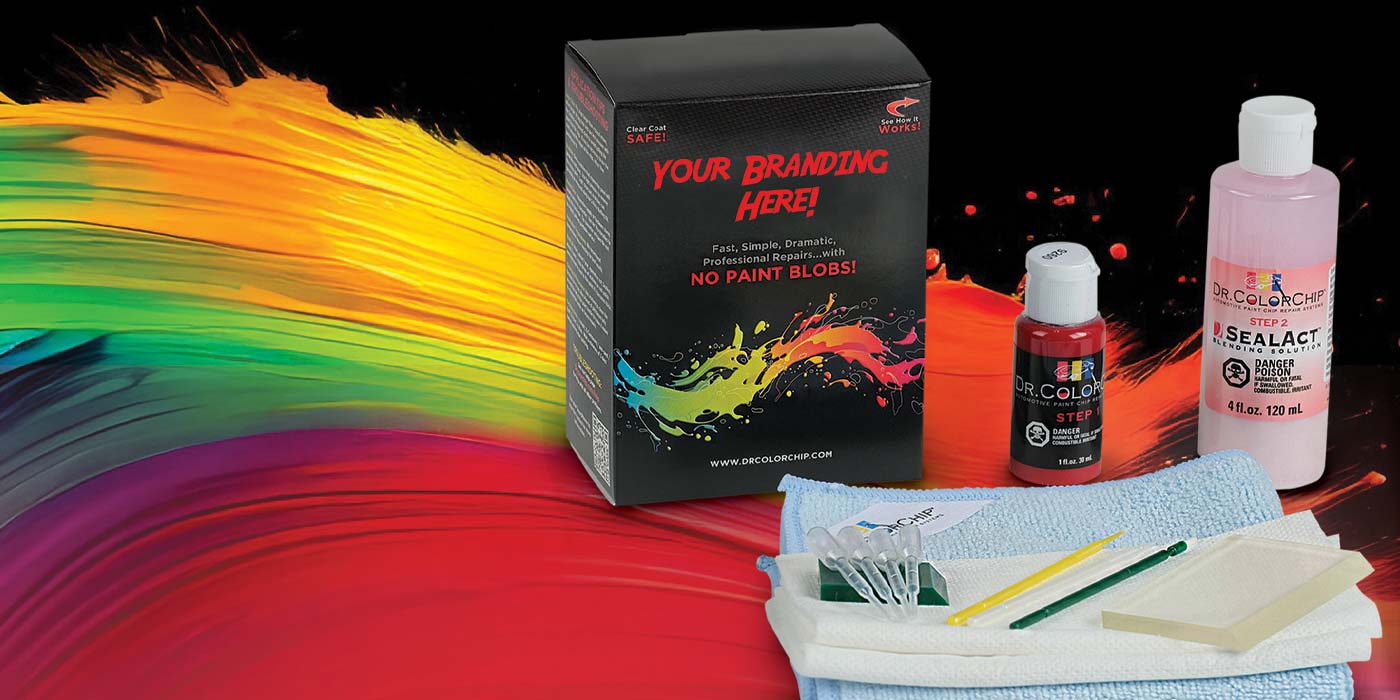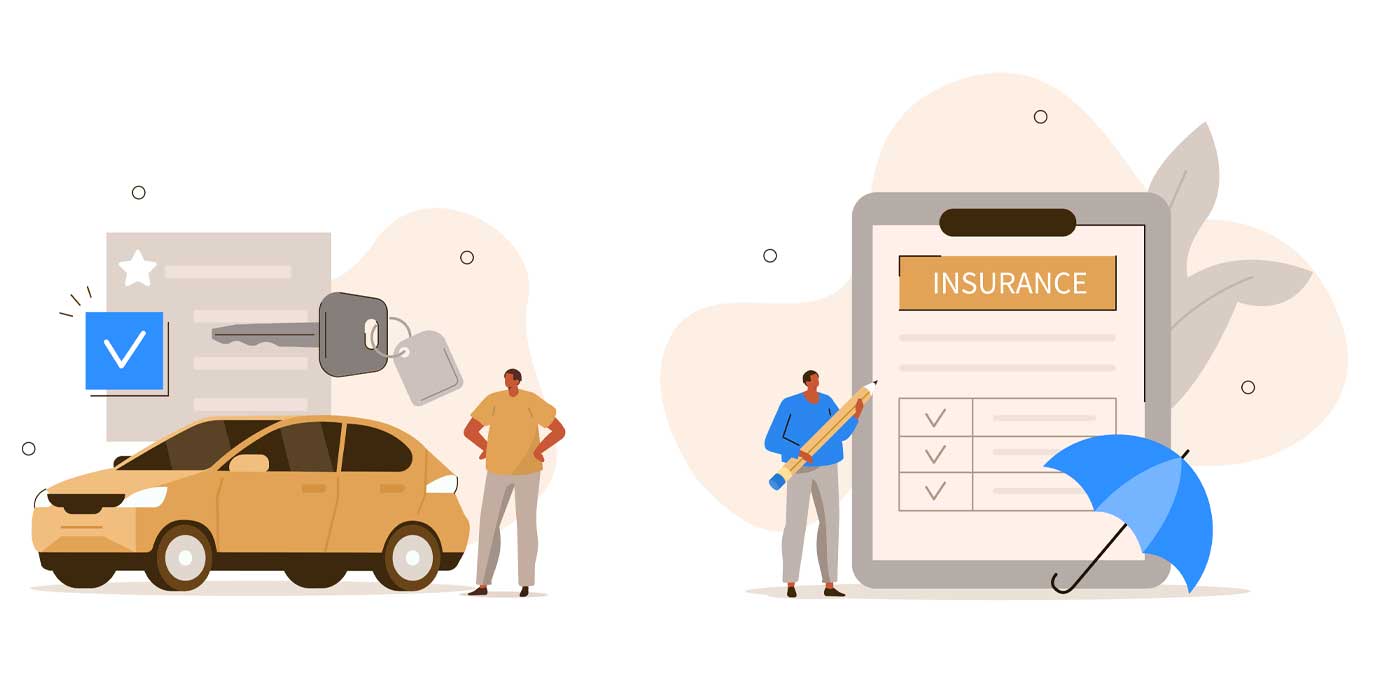Before there was Ben & Jerry’s Ice Cream, and even before Neil Armstrong put his foot on the moon, automobile dealers have participated in reinsurance arrangements. Reinsurance is not a new or random concept created by F&I providers to take advantage of tax loopholes. It is simply a tool by which an insurance company can lawfully transfer underwriting profits to another company, the reinsurer.
The reinsurer’s quid pro quo for receiving the potential profits is the assumption of the insurer’s liabilities on the reinsured business. For underwriting profits to emerge, the reinsurance premiums paid by the insurer as the direct writer must exceed the claims paid by the reinsurer. Underwriting profits are not guaranteed to the reinsurer.
Reinsurance is a fairly simple secondary market transaction that is used throughout the commercial insurance industry, and it dates back to the days when Edward Lloyd first opened his coffee shop on the River Thames. What makes today’s F&I reinsurance somewhat obtuse is the apparent minefield of federal income tax provisions a reinsurer must navigate. If one was to mark the date when matters became complicated, one can look to the Tax Reform Act of 1986. Prior to 1986, most F&I reinsurance companies were organized in that arid state of Arizona, which had become the domicile of choice for banks, finance companies and automobile dealers to organize credit life and credit disability reinsurers. Not only had reinsurance of vehicle service contracts and ancillary products not yet taken off, but also the business constituted casualty insurance that could not be ceded into a credit life reinsurer. F&I reinsurance companies simply did not exist. The 1986 Tax Act changed that with several important provisions.
First, the 1986 Tax Act created a draconian tax called the branch profits tax. The branch profits tax imposes a layer of tax on the income of any foreign corporation that engages in a U.S. trade or business, including those that might qualify as a controlled foreign corporation (CFC). The basic CFC rules had been part of the Internal Revenue Code since 1962. Realizing the unintended application of the branch profit tax to CFCs, Congress enacted a corrective measure in 1988 that allowed qualifying CFCs to make an election to be treated like a domestic corporation for all purposes and thereby avoid the branch profits tax. Voila! — the Section 953(d) election was born.
Second, for reasons similar to those that led to the adoption of the Risk Retention Act of 1986, through the adoption of the Tax Reform Act of 1986, Congress used the Internal Revenue Code to establish an additional pathway for commercial insureds to more easily create alternative insurance markets in response to the historically hard market that existed since 1982. By making an election under newly adopted Section 831(b), a small casualty insurer or reinsurer could be taxed only on its investment income, not its underwriting gains. A small insurer, as defined in the 1986 version of Section 831(b), was a company with net premiums between $350,000 and $1,200,000. Viewed as a measure to reduce the initial capital outlay to forming a small insurance company and still allow the company to thrive, the adoption of Section 831(b), together with the Section 953(d) election, fueled the growth of dealer-owned reinsurance companies for F&I products and put a number of exotic jurisdictions on the map to serve as suitable places to organize the companies. We avail ourselves of these jurisdictions to minimize the regulatory burdens of forming and maintaining a reinsurance company, not to avoid taxes.
Some 36 years later, not much has changed, although a small casualty insurance company can now write up to $2,450,000 in annual premiums. And we now have the option of growing Indian tribal jurisdictions closer to home that can serve as the place of domicile for dealer-owned reinsurance companies, eliminating the need to make a Section 953(d) election. The reinsurance model for dealer profit participation has endured changing market conditions, economic cycles and a pandemic, and it surely will continue, even as new ideas emerge.













